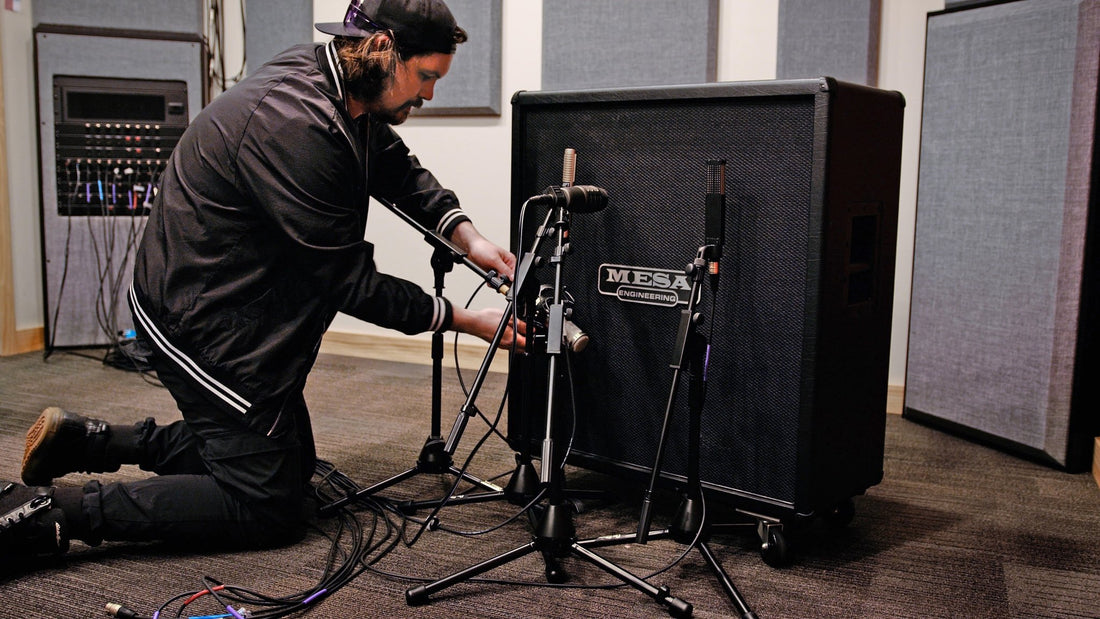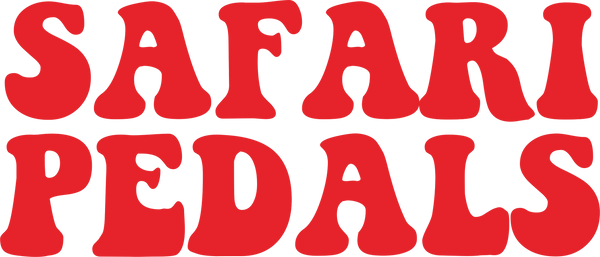
Studio and Stage Insights with James ‘Jimmy T’ Meslin: Crafting Soundscapes Beyond Boundaries
Sam LooseShare
More recently the work you’ve become known for is largely with extremely technical music; Dream Theater, Liquid Tension Experiment etc. Do you ever yearn to record a three piece punk rock band playing everything loud in a room? Or do you like to keep things more under the microscope?
There is a large portion of my time that goes into more technical music, which I suppose is the nature of work association and how organic networks are built. I spend a lot of time with the Dream Theater camp, both in the studio and on the road which is a huge gateway into the progressive and instrumental scene. That being said, I don’t put a limitation on what genre, music, or production style I work with and make a point to not pigeonhole myself in any one scene. Prog, pop, indie, straight ahead rock.. even three piece punk are all big staples in work I take on and love collaborating with. I mean, Jerry Finn, the godfather of pop punk is the reason I got into professional audio.. So maybe that says it all!
Have you found that the members of a band like Dream Theater are as concerned about the finer details of gear as their fans?
Absolutely! Musicians who have honed their craft the way the guys in Dream Theater have understood that their instruments and gear are an extension of their playing. In some genres, like progressive metal - the fans take the tones and the sounds of the records just as seriously as any audio engineer or musician. It makes for a challenge to appease everyone, but an exciting one at that...
People will tell you x is the most important thing, y is the most important thing. Besides the song and the performance, what do you consider the most important factor of any recording?
During the recording process, dovetailing off the song and the performance I’d say the vibe in the room is a massive component. You want to keep everyone in a creative headspace, away from bad moods or losing their confidence. Know how to pace the day for the artist in a productive way that keeps everyone away from burnout. On a more technical level, I’d say monitoring - know your room and your speakers so you can make accurate calls on tone shaping during the recording process. I’m currently using Ex Machina Quasars and I can’t say enough good things about them. Lastly, record and maintain your sessions with intent! Clean, well organized, and purposeful tracking can make your sessions sound nearly mixed in real time.
Do you have any go to techniques for dealing with densely layered arrangements? How do you find the best way to achieve the definition needed?
Choose what’s most important in that section or moment and work around that. Often, your kick drum and bass guitar will hold the foundation for everything else to build off of. Listen to your drums and bass, then bring in your focal point for that section - be it a vocal, lead guitar, some sort of soloist, etc.. and balance those elements. Work in the accompaniment around that. Depending on how dense the arrangement is will dictate how much space each element can chew up and can require some EQ shifts. During tracking, this approach can help in deciding if that extra layer is needed. If you’re finding you have to start compromising the natural shapes of the other instruments or the source you are tracking to fit it into the mix, it may not be needed.
You seem to have a foot in both camps - live and studio. Have you seen more studio sensibilities make their way into the live arena in recent years, with regard to playback, clicks etc?
A lot of live entertainment utilizes playback to some extent. There are a lot of uses of playback to provide clicks to the musicians and crew to ensure their cues are timed exactly every show (for example, lighting video synced to timecode). Playing to a click then allows the artist to incorporate playback samples into their live shows like vocal stacks, harmonies, strings, loops, etc should they want. That will definitely result in a live show that feels closer to the studio record. There are also a lot more tools accessible to the live mixer nowadays that used to be limited to studios. With advancements in tech, DSP in live consoles, and audio protocols - we can even reach for Soothe2 in a live show with min. latency. That’s pretty wild!
